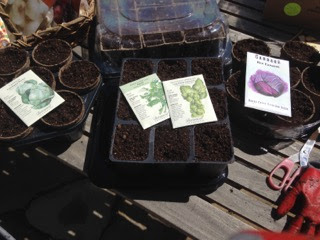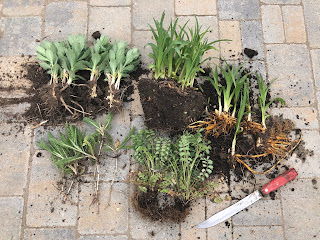Season Extension: Start Seeds Indoors

by Ellyn Myller The snow has gone from around the house, there’s been one decently warm weekend to putter in the yard, and a bed suffering from snow compaction has been readied for seeds that won’t be planted until the first week in June. Even then the frost covers will be ready to throw on if the temperatures look to dip below freezing. Our growing season is short in the valley so how do we get things to grow that take more days or growing degree units in which to mature? This can be accomplished by using season extension methods such as starting seeds indoors, green house growing, or lighted hoop houses over raised garden beds. This year I am experimenting with starting seeds indoors. It is recommended that you begin seeds inside 6-8 weeks before the last average frost, which is June 15 in Steamboat, right about end of April beginning of May. I’m starting cabbage, butternut and acorn squash, broccoli, Brussels sprouts, and tomatoes. I’ve started some peas too, alth


